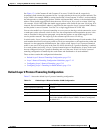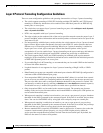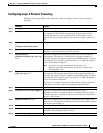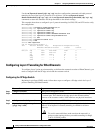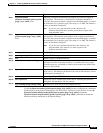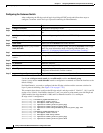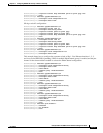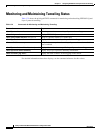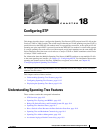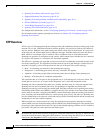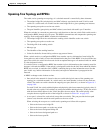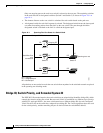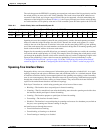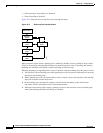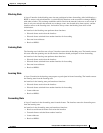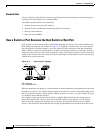
CHAPTER
18-1
Catalyst 3750-E and 3560-E Switch Software Configuration Guide
OL-9775-02
18
Configuring STP
This chapter describes how to configure the Spanning Tree Protocol (STP) on port-based VLANs on the
Catalyst 3750-E or 3560-E switch. The switch can use either the per-VLAN spanning-tree plus (PVST+)
protocol based on the IEEE 802.1D standard and Cisco proprietary extensions, or the rapid per-VLAN
spanning-tree plus (rapid-PVST+) protocol based on the IEEE 802.1w standard. A switch stack appears
as a single spanning-tree node to the rest of the network, and all stack members use the same bridge ID.
Unless otherwise noted, the term switch refers to a Catalyst 3750-E or 3560-E standalone switch and to
a Catalyst 3750-E switch stack.
For information about the Multiple Spanning Tree Protocol (MSTP) and how to map multiple VLANs
to the same spanning-tree instance, see Chapter 19, “Configuring MSTP.” For information about other
spanning-tree features such as Port Fast, UplinkFast, root guard, and so forth, see Chapter 20,
“Configuring Optional Spanning-Tree Features.”
Note For complete syntax and usage information for the commands used in this chapter, see the command
reference for this release.
This chapter consists of these sections:
• Understanding Spanning-Tree Features, page 18-1
• Configuring Spanning-Tree Features, page 18-12
• Displaying the Spanning-Tree Status, page 18-24
Understanding Spanning-Tree Features
These sections contain this conceptual information:
• STP Overview, page 18-2
• Spanning-Tree Topology and BPDUs, page 18-3
• Bridge ID, Switch Priority, and Extended System ID, page 18-4
• Spanning-Tree Interface States, page 18-5
• How a Switch or Port Becomes the Root Switch or Root Port, page 18-8
• Spanning Tree and Redundant Connectivity, page 18-9
• Spanning-Tree Address Management, page 18-9
• Accelerated Aging to Retain Connectivity, page 18-9



